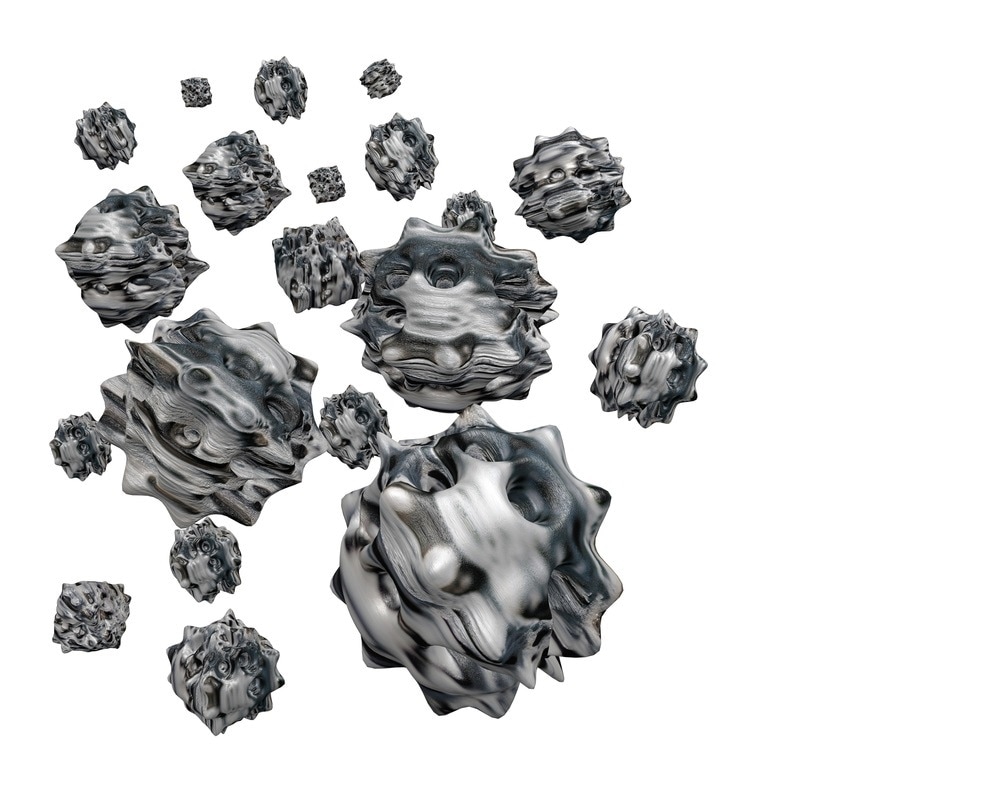Nanoparticle tracking analysis (NTA) is a newly developed technique, but it has been acknowledged as a promising analytical method to provide information about the size of nanoparticles and concentration, but also provides data about complex and highly polydispersed samples (Montes-Burgos et al., 2010; Lynch 2008, Montes-Burgos et al., 2007; Gornati et al., 2009).

NTA is a promising technique that could enable the study of cellular toxicity of nanoparticles and their effect on the environment in the future (Borm et al., 2006; Tenuta 2008, Tran and Anton, 2009, Kuhlbusch et al., 2010; Hassellöv and Kaegi 2009, Stolpe et al., 2011). It could also aid in analyzing the effects of nanoparticles on other biological barriers (Linn et al., 2010). In order to predict the toxicity level of high aspect ratio nanoparticles, a theoretical model was developed by Tran et al (2011), while the comet assay in the nanotoxicology study was also compared to the results acquired from NTA (Karlsson, 2010).
Another study indicated that NTA shared many characteristics with the traditional flow cytometry, but was distinctive when it came to studying particles in the extreme sub-micron size range. NTA was regarded as a simple and rapid method, which enabled detection, sizing and concentration measurement of nanoparticles in their natural solvated liquid state. NTA can be used to supplement current methods for nanoparticle sizing, such as PCS and DLS, which make it possible to validate the data acquired from these techniques, through direct observation of the sample with a microscope (Bendre et al., 2011).

This information has been sourced, reviewed and adapted from materials provided by Malvern Panalytical.
For more information please visit Malvern Panalytical.